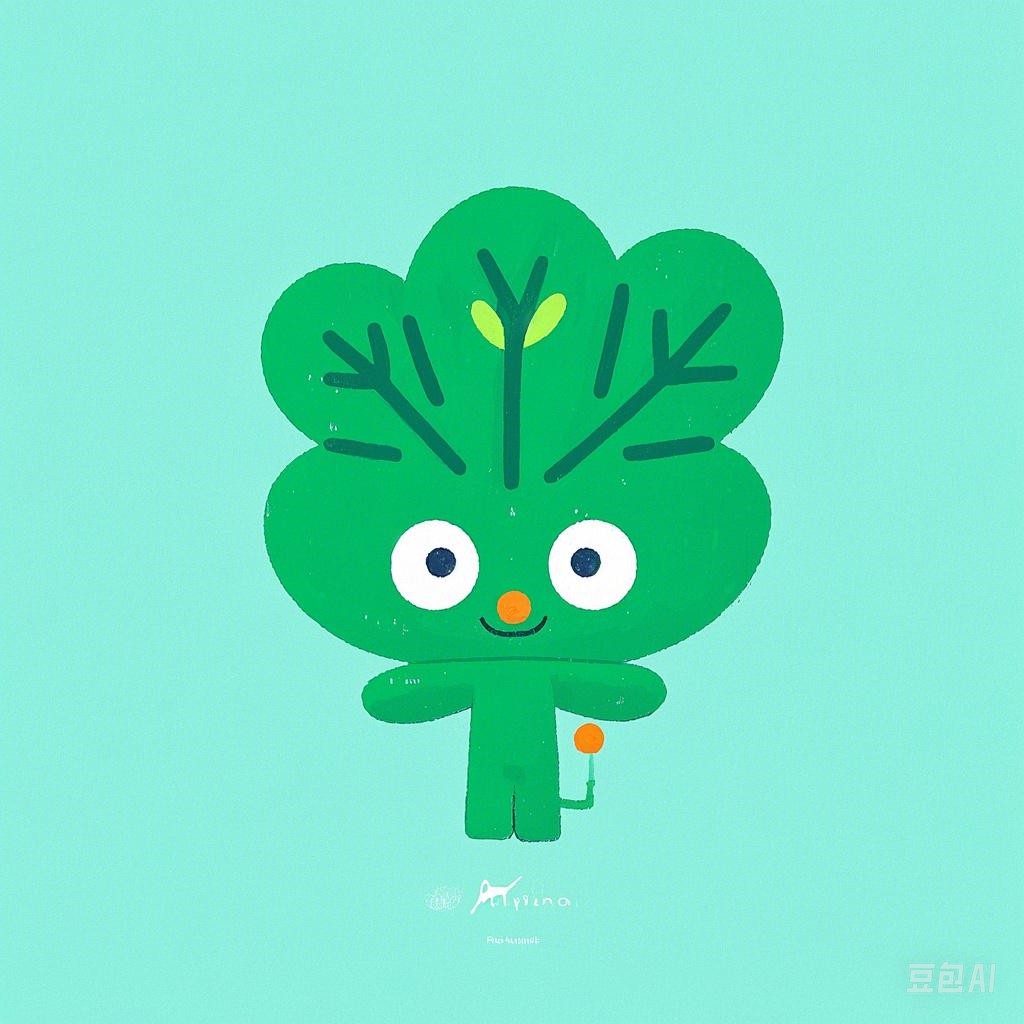Eco-symbiosis, a term derived from the Greek words “oikos” (house) and “symbiosis” (living together), refers to the intricate relationships and interactions between different species within an ecosystem. This concept is crucial in understanding the delicate balance of nature and the profound impact these relationships have on our world. In this article, we will explore the various forms of eco-symbiosis, their ecological importance, and the challenges they face in today’s changing environment.
1. Types of Eco-Symbiosis
Eco-symbiosis can manifest in several forms, each with unique characteristics and ecological roles:
1.1 Mutualism
Mutualism is a type of symbiotic relationship where both species involved benefit. A classic example is the relationship between bees and flowers. Bees collect nectar for food, while inadvertently pollinating the flowers, aiding in their reproduction.
# Example of mutualism in a simple ecosystem simulation
class Flower:
def __init__(self):
self.pollinated = False
def pollinate(self):
self.pollinated = True
print("Flower has been pollinated!")
class Bee:
def __init__(self):
self.has_nectar = False
def collect_nectar(self, flower):
if not flower.pollinated:
flower.pollinate()
self.has_nectar = True
print("Bee has collected nectar!")
# Create instances of Flower and Bee
flower = Flower()
bee = Bee()
# The bee collects nectar and pollinates the flower
bee.collect_nectar(flower)
1.2 Commensalism
Commensalism is a relationship where one species benefits while the other is neither helped nor harmed. An example is the remora fish, which attaches itself to sharks and feeds on the leftovers from the shark’s meals.
# Example of commensalism in a simple ecosystem simulation
class Shark:
def __init__(self):
self.has_remora = False
def eat(self, fish):
print("Shark has eaten a fish!")
self.has_remora = True
def lose_remora(self):
self.has_remora = False
print("Shark has lost its remora.")
class Remora:
def __init__(self):
self.on_shark = False
def attach_to_shark(self, shark):
self.on_shark = True
print("Remora has attached itself to the shark!")
def detach_from_shark(self):
self.on_shark = False
print("Remora has detached itself from the shark.")
# Create instances of Shark and Remora
shark = Shark()
remora = Remora()
# The remora attaches to the shark and the shark eats a fish
remora.attach_to_shark(shark)
shark.eat("fish")
remora.detach_from_shark()
1.3 Parasitism
Parasitism is a relationship where one species, the parasite, benefits at the expense of the other, the host. An example is the tick, which feeds on the blood of its host, often causing harm or even death.
# Example of parasitism in a simple ecosystem simulation
class Host:
def __init__(self):
self.health = 100
def get_bitten(self, tick):
self.health -= 10
print(f"Host's health is now {self.health}.")
class Tick:
def __init__(self):
self.has_host = False
def attach_to_host(self, host):
self.has_host = True
print("Tick has attached itself to the host!")
host.get_bitten(self)
def detach_from_host(self):
self.has_host = False
print("Tick has detached itself from the host.")
# Create instances of Host and Tick
host = Host()
tick = Tick()
# The tick attaches to the host and the host gets bitten
tick.attach_to_host(host)
tick.detach_from_host()
1.4 Competition
Competition is a relationship where both species are negatively affected as they compete for limited resources. An example is the competition between two plant species for sunlight, water, and nutrients.
# Example of competition in a simple ecosystem simulation
class Plant:
def __init__(self, name):
self.name = name
self.growth = 0
def grow(self):
self.growth += 10
print(f"{self.name} has grown to {self.growth} units.")
class Ecosystem:
def __init__(self):
self.plants = []
def add_plant(self, plant):
self.plants.append(plant)
def simulate_growth(self):
for plant in self.plants:
plant.grow()
# Create instances of Plant and Ecosystem
plant1 = Plant("Plant A")
plant2 = Plant("Plant B")
ecosystem = Ecosystem()
# Add plants to the ecosystem and simulate growth
ecosystem.add_plant(plant1)
ecosystem.add_plant(plant2)
ecosystem.simulate_growth()
2. Ecological Importance
Eco-symbiosis plays a vital role in maintaining the health and stability of ecosystems. Here are some key ecological functions:
- Biodiversity: Symbiotic relationships contribute to the diversity of life, as different species fill various ecological niches.
- Resource Cycling: Many symbiotic relationships aid in nutrient cycling, such as the decomposition of organic matter by fungi and bacteria.
- Pest Control: Certain symbiotic relationships, like those between pollinators and plants, can help control pests by promoting plant reproduction.
3. Challenges and Conservation
Despite their ecological importance, symbiotic relationships face numerous challenges in today’s world:
- Habitat Loss: The destruction and fragmentation of habitats can disrupt symbiotic relationships, leading to a decline in biodiversity.
- Climate Change: Changing climate conditions can alter the distribution of species, affecting symbiotic interactions.
- Invasive Species: Invasive species can outcompete native species, disrupting local symbiotic relationships.
Conservation efforts must focus on preserving and restoring habitats, mitigating the effects of climate change, and controlling the spread of invasive species to protect these crucial ecological interactions.
4. Conclusion
Eco-symbiosis is a fascinating and complex aspect of our world, highlighting the intricate connections between different species. By understanding and protecting these relationships, we can ensure the continued health and stability of our planet’s ecosystems.
